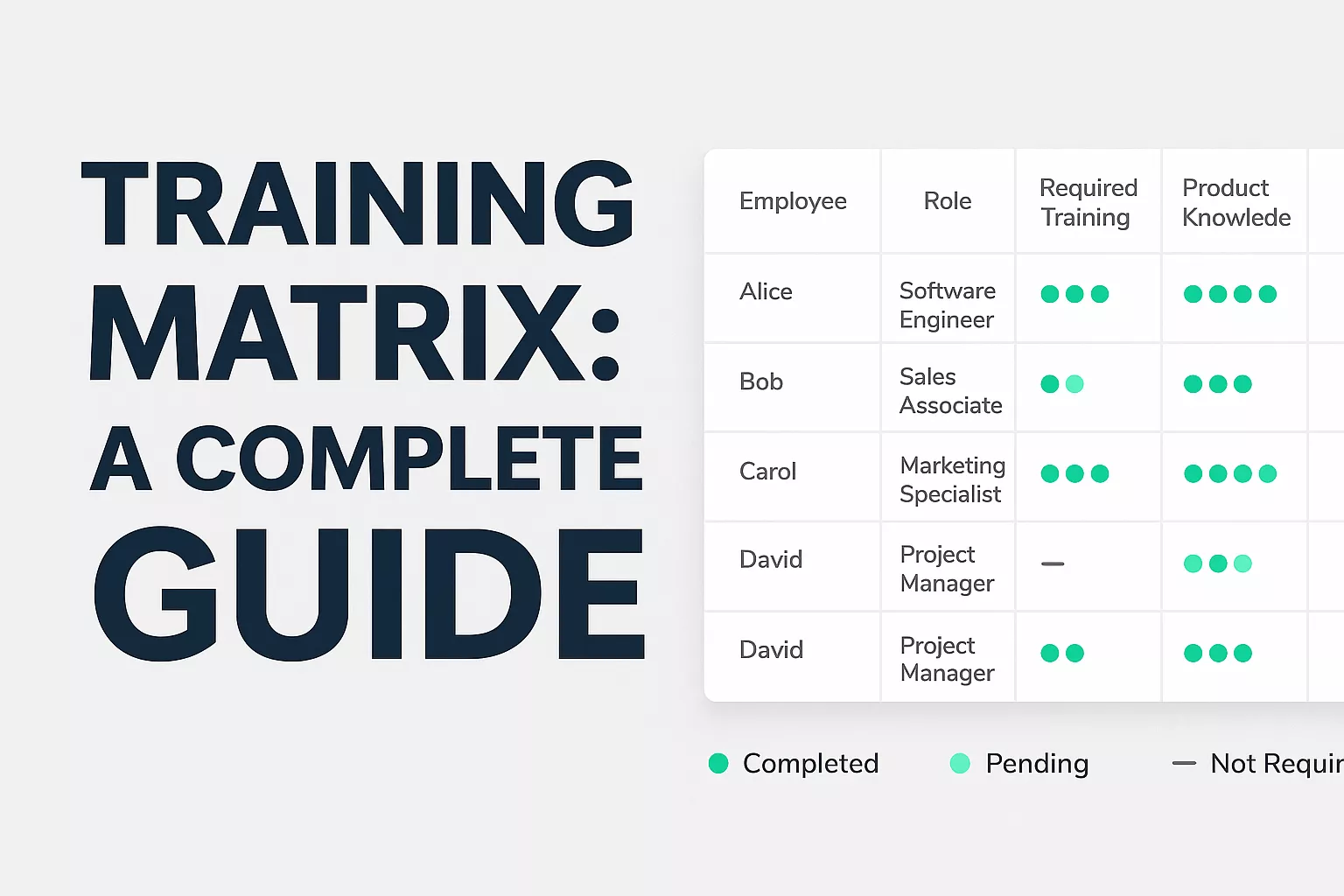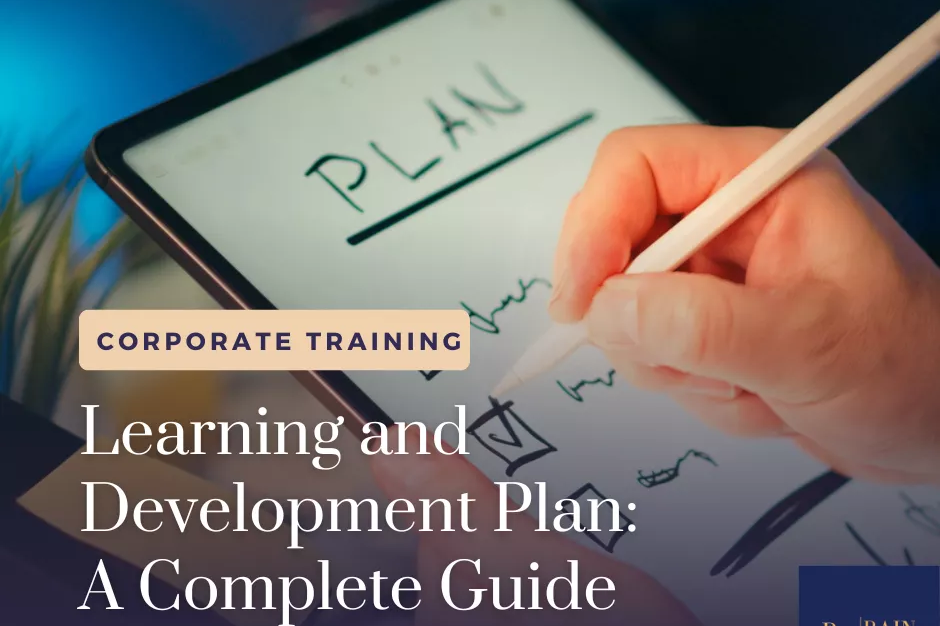by Venchito Tampon | Last Updated on January 11, 2025
Unconscious competence, the final stage in the four levels of competence, represents the pinnacle of skill development.
At this stage, individuals perform tasks effortlessly and flawlessly without conscious thought. This level marks true mastery and sets itself apart from the earlier stages by its seamless and automatic execution of skills.
As a multi-industry entrepreneur, corporate trainer, and speaker, I aim to attain mastery through constant practice and effort in my career. Imagine performing tasks that feel effortless, as if you’ve been doing them for years and decades already—this makes unconscious competence worthy of learning about.
In this guide, we will explore unconscious competence and how it differs from the other levels of competence.
We will also discuss its applications in corporate training, leadership development, and enhancing workplace culture, focusing on developing soft skills.
Understanding the Four Levels of Competence
The Four Levels of Competence model is a framework for understanding how individuals acquire and develop skills. It consists of:
- Unconscious Incompetence: The individual does not know what they do not know.
- Conscious Incompetence: The individual recognizes their lack of knowledge or skill and begins to understand the need for learning.
- Conscious Competence: The individual can perform the skill, but requires effort and deliberate thought.
- Unconscious Competence: The individual performs the skill effortlessly, with mastery so ingrained that it feels natural.
While the earlier stages involve awareness and effort, unconscious competence is distinct because it is automatic and fluid. It signifies the internalization of skills to the point where they no longer require active mental engagement.
What Sets Unconscious Competence Apart
Unconscious competence is unique in several ways:
- Effortless Execution: Tasks are performed instinctively. For example, an experienced driver navigates traffic without consciously thinking about every gear shift or turn.
- Efficiency: Energy and mental resources are conserved, allowing the individual to focus on other tasks or challenges.
- Intuition: Decisions are made based on ingrained expertise rather than conscious analysis, which can accelerate problem-solving in dynamic situations.
- Transferability: Skills at this level often translate to related areas, broadening an individual’s capability.
This level of mastery is essential in areas that require split-second decisions or multitasking, such as leadership roles, problem-solving and decision-making, creative industries, and technical professions.
The Path to Unconscious Competence
Reaching unconscious competence is a progression that depends on consistent practice, feedback, and refinement. It is not merely about repetition but about deliberate practice, where individuals continuously challenge themselves to improve.
Key factors include:
- Deliberate Practice: Focused repetition with attention to improving weaknesses.
- Feedback Loops: Constructive criticism to fine-tune performance.
- Time and Experience: Gradual improvement over an extended period.
Unconscious competence requires a solid foundation built during earlier stages of learning. Most people skip the first three levels, making them vulnerable to not mastering the fourth level. You must create a solid foundation of the three levels to progress well in the fourth.
Individuals cannot transition into this effortless mastery without conscious competence, where deliberate thought and effort are applied.
Applications of Unconscious Competence in Corporate Training
Unconscious competence plays a critical role in corporate environments. Organizations aim to embed this expertise within their workforce to foster efficiency, adaptability, and innovation.
1. Enhancing Corporate Culture
A corporate culture that values unconscious competence emphasizes training and mentorship. It promotes:
- Skill Automation: Employees excel in their roles without excessive micromanagement.
- Peer Learning: Seasoned employees such as managers, supervisors, and directors serve as role models, demonstrating the ease and mastery of unconscious competence. We call this “leading by example.”
- Increased Collaboration: Teams with unconscious competence in soft skills, such as technical writing, communication, and empathy, work more harmoniously.
2. Leadership Development
Leadership requires a blend of technical knowledge and interpersonal skills. For leaders, unconscious competence means:
- Decisive Action: Making decisions quickly based on experience rather than analysis paralysis.
- Visionary Thinking: Leaders with mastered skills can focus on strategic goals instead of routine tasks.
- Role Modeling: Leaders demonstrate the mastery that inspires their teams.
Programs to develop leadership skills should emphasize transitioning participants to unconscious competence in areas like communication, conflict resolution, and decision-making. Learn why leadership training fails, invest in the best programs (and discover leadership training costs).
Here are a couple of actionable guides we wrote about leadership:
Building Soft Skills Through Unconscious Competence
Soft skills like communication, empathy, and teamwork are often undervalued in skill-building frameworks but are essential for workplace success. Achieving unconscious competence in soft skills transforms workplace interactions:
- Effective Communication: Individuals communicate clearly and adaptively without consciously strategizing.
- Emotional Intelligence: Empathy becomes second nature, enhancing relationships and reducing conflicts.
- Team Synergy: Teams function more cohesively when members have mastered collaboration and conflict resolution skills.
Corporate training programs must include consistent practice scenarios, role-playing, and feedback loops to ensure soft skills move beyond conscious competence.
Best Practices for Corporate Training
To foster unconscious competence, corporate training must be structured to support continuous learning and real-world application:
- Simulation-Based Training: Realistic scenarios enable employees to practice skills in a controlled environment.
- Microlearning Modules: Bite-sized, repetitive lessons ensure retention without overwhelming learners.
- Mentorship Programs: Experienced professionals guide less experienced employees, providing insights that accelerate mastery.
- Regular Assessments: Feedback mechanisms track progress and identify areas needing improvement.
By combining these approaches, organizations can help employees internalize skills, fostering unconscious competence at all workforce levels.
Challenges in Reaching Unconscious Competence
Despite its benefits, achieving unconscious competence can be challenging. Common obstacles include:
- Complacency: Individuals may plateau, thinking they have mastered a skill prematurely.
- Overconfidence: Without regular reassessment, unconscious competence can lead to errors if the environment changes.
- Skill Decay: Without ongoing practice, mastery can diminish over time.
Organizations must counter these challenges by encouraging lifelong learning and promoting adaptability.
The Role of Technology in Facilitating Unconscious Competence
Technological tools have become instrumental in helping individuals reach unconscious competence. Examples include:
- AI-Based Feedback Tools: Provide instant analysis and recommendations for improvement.
- Gamified Learning Platforms: Motivate learners to practice consistently through rewards and challenges.
- Virtual Reality (VR) Training: Immersive experiences replicate real-world scenarios, accelerating skill internalization.
By integrating these technologies, businesses can enhance the effectiveness of their training programs.
Mastering Skills Beyond Awareness: The Key to Sustainable Success
Unconscious competence is the ultimate goal of skill development, where mastery becomes second nature. It sets itself apart from other stages of the competence model through its effortless execution and efficiency. For organizations, cultivating unconscious competence within their workforce is essential for building a thriving corporate culture, effective leadership, and cohesive teams.
Organizations can help individuals achieve unconscious competence through structured training programs, consistent practice, and technological support. This will create a more capable and confident workforce, enhance performance, and contribute to long-term success in any professional environment.
The Author
Venchito Tampon
Venchito Tampon is a Filipino motivational speaker, Business Consultant, Founder and Lead Corporate Trainer of Rainmakers Training Consultancy. He trained and spoken in over 250+ conventions, seminars, and workshops across the Philippines and internationally including Singapore, Slovakia, and Australia. He has worked with top corporations including SM Hypermarket, Shell, and National Bookstore.
He also founded SharpRocket, a digital marketing company, Blend N Sips, eCommerce for coffee supplies, and Hills & Valleys Cafe, a local cafe with available franchising.
He is a certified member of The Philippine Society for Talent Development (PSTD), the premier organization for Talent Development practitioners in the country.
An active Go Negosyo Mentor (of Mentor Me program) and a business strategist and consultant.
You may also like
Training Matrix: A Complete Guide
Training mix is a structured framework that helps HR and Learning and…
Learning and Development Plan: A Complete Guide
Learning and Development Plan (L&D plan) is a structured flow and framework…




